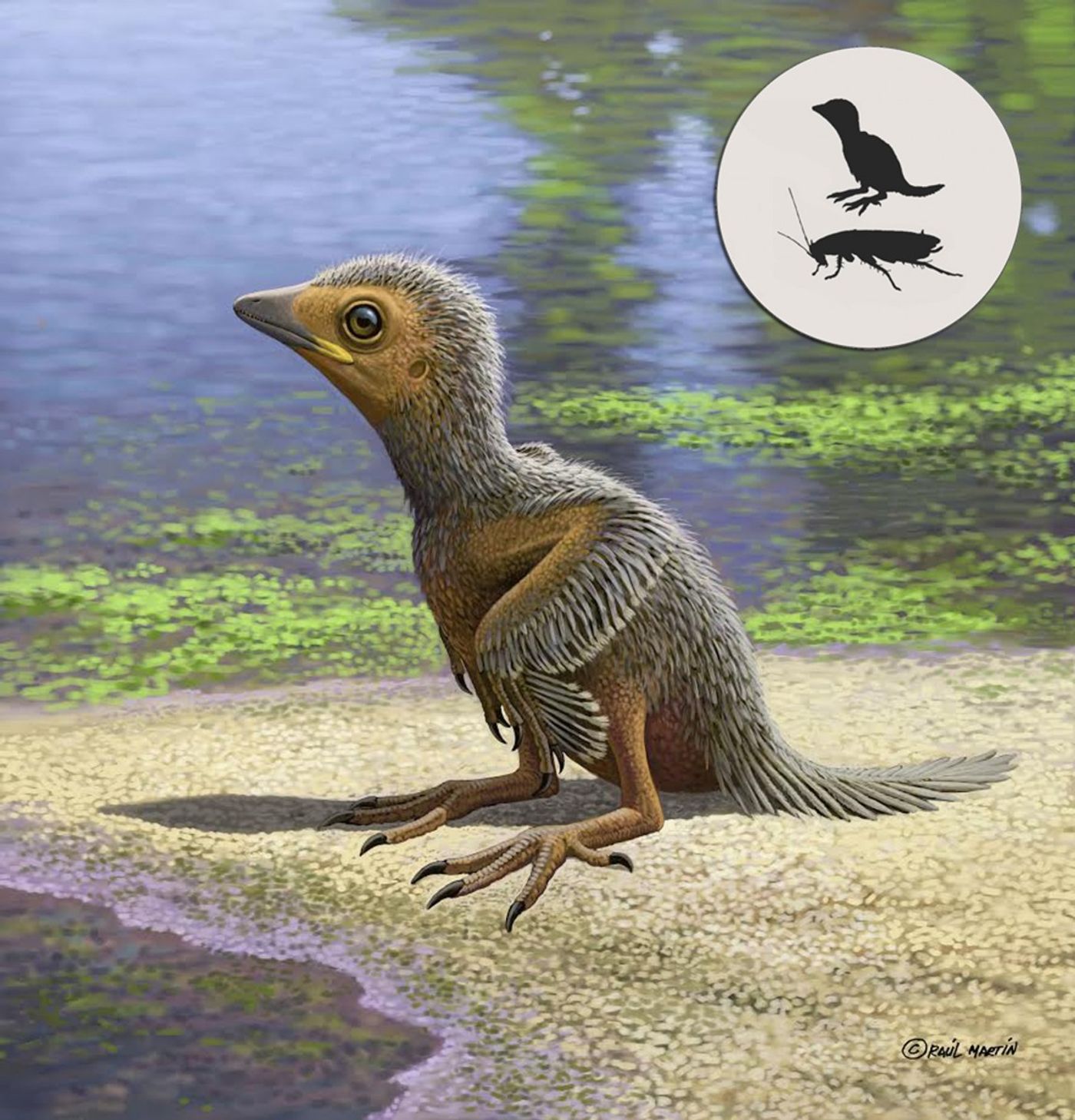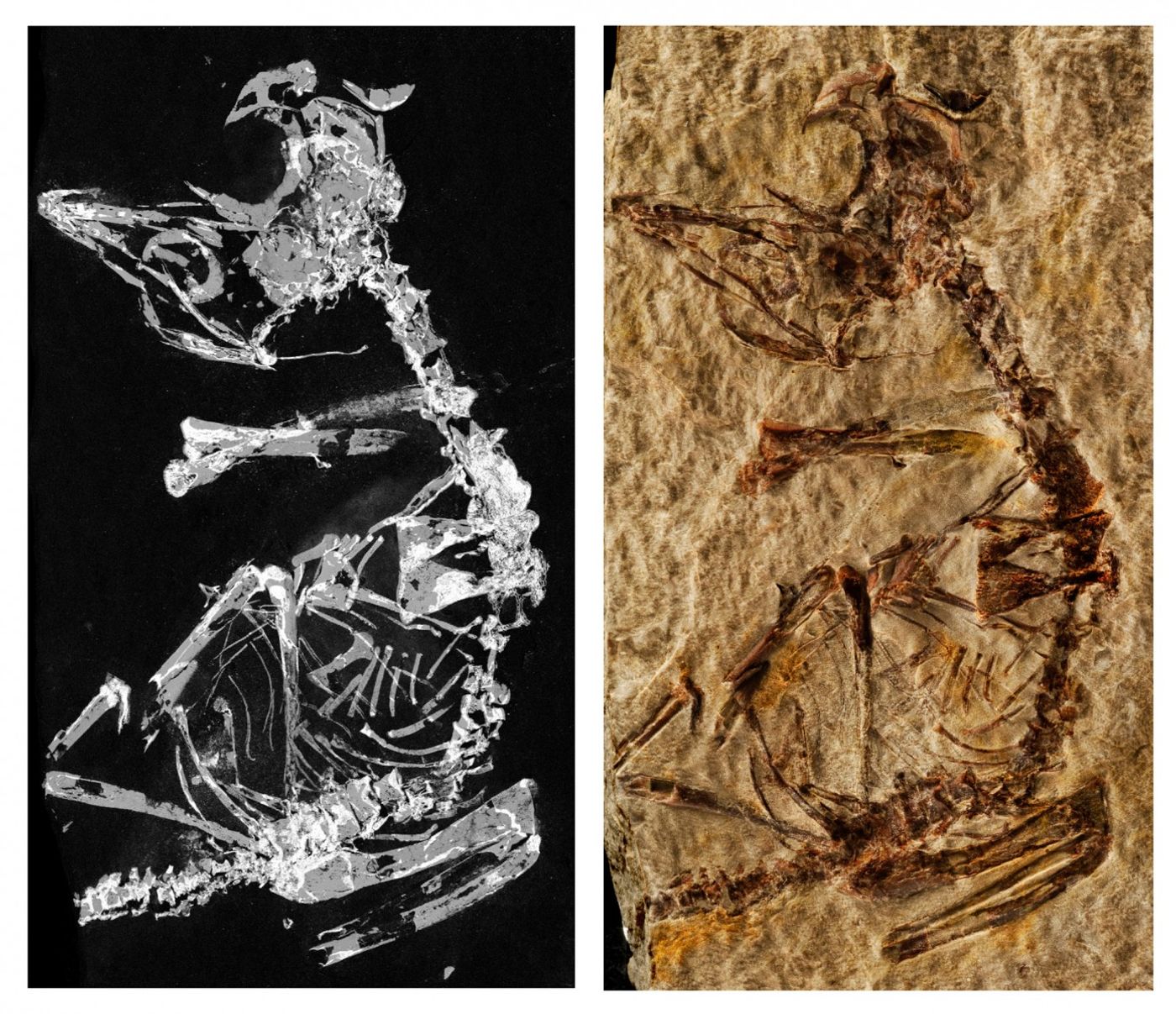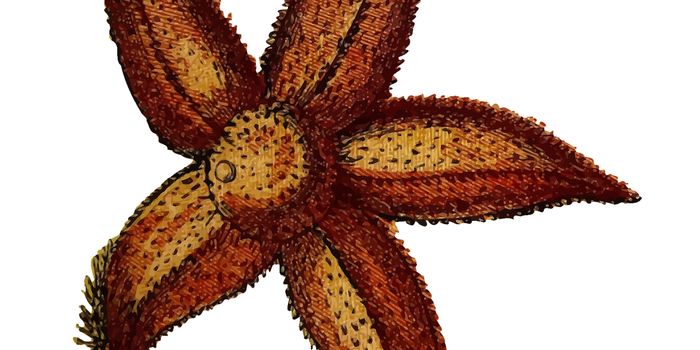Tiny Bird Fossil Astonishes Researchers
Fossils are ancient relics of our early world, and they can reveal a lot about life before people. Fortunately, scientists seem to uncover them frequently, and that’s great news for science.
One of the latest fossil discoveries involves a small bird that scientists say dates back as far as 127 million years, a time known as the Mesozoic era. Notably, it’s one of the smallest avian fossils ever found from this period, comparing in size to an average human’s pinky finger.
Image Credit: Raúl Martín
The full details have been published in the journal Nature Communications this week.
So why was the bird so small? Age could be a primary factor, and scientists involved in the study think that the bird may have died shortly after birth.
Given just how well-preserved the fossil was upon discovery, the scientists wanted to get a closer look at the skeleton. Through a method known as synchrotron radiation, the scientists observed the fossil at a sub-micron level to discern fine details that could provide clues about the bird’s everyday lifestyle.
Image Credit: Dr. Fabien Knoll
"New technologies are offering paleontologists unprecedented capacities to investigate provocative fossils," said study lead author Fabien Knoll from the University of Manchester. "Here we made the most of state-of-the-art facilities worldwide including three different synchrotrons in France, the U.K., and the United States."
Related: Say hello to the world's oldest plant fossil
One of the first things the researchers noticed was evidence for a soft sternum made mostly of cartilage instead of hard bone. This small detail provided insight into the bird’s young age and revealed that the bird wasn’t yet developed enough to take flight.
The team also compared their findings to those originating from other known bird fossils of similar birds from the same timeframe. Astonishingly, they found more diversity than they were expecting.
"This new discovery, together with others from around the world, allows us to peek into the world of ancient birds that lived during the age of dinosaurs," added study co-author Luis Chiappe. "It is amazing to realize how many of the features we see among living birds had already been developed more than 100 million years ago."
Related: Is this the first-known fossil of a dinosaur brain?
Scientists still have several questions concerning avian diversity on early planet Earth. Perhaps answers will unveil themselves as we continue to unearth additional fossils. Only time will tell…
Source: University of Manchester










